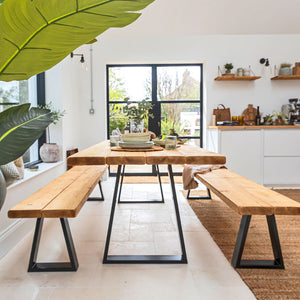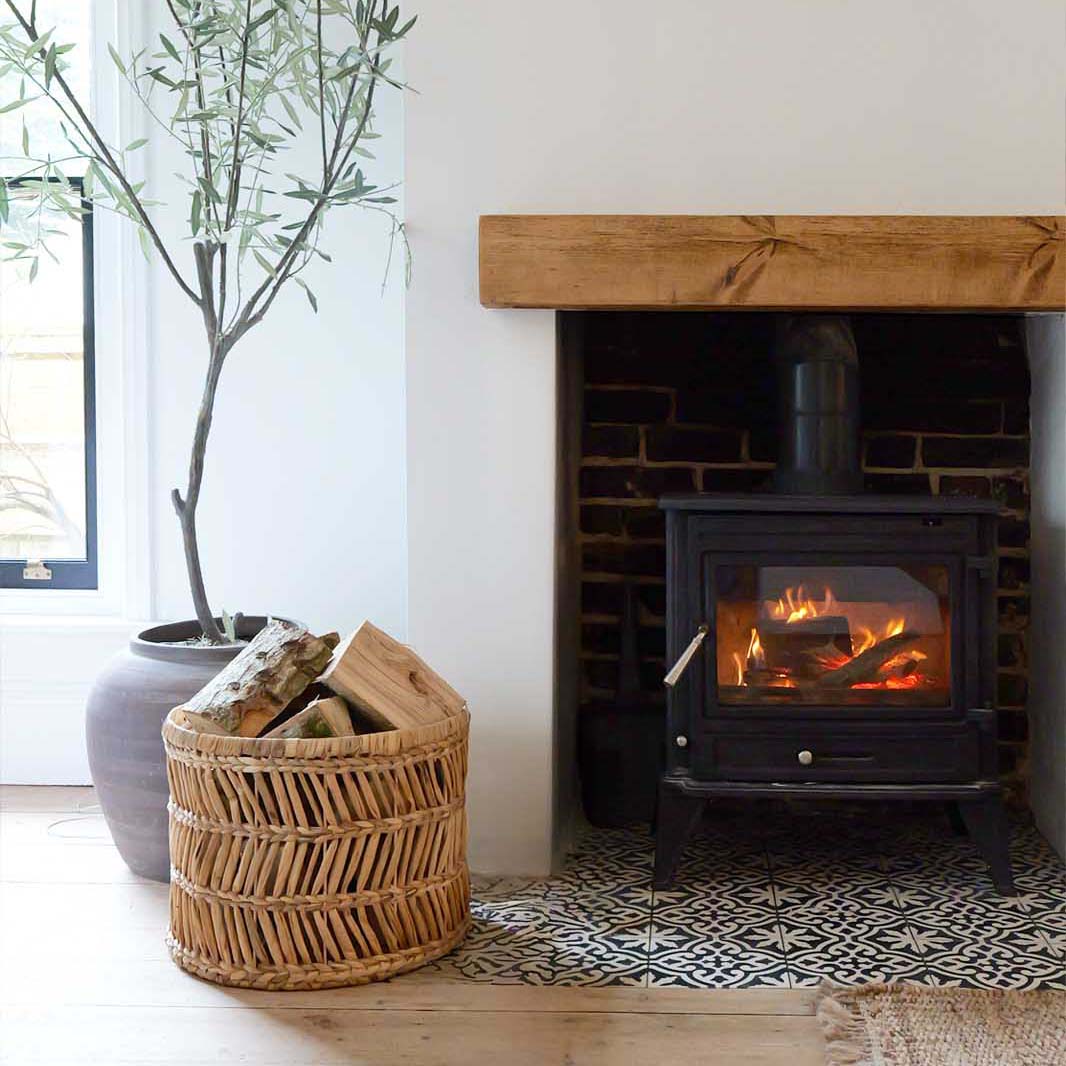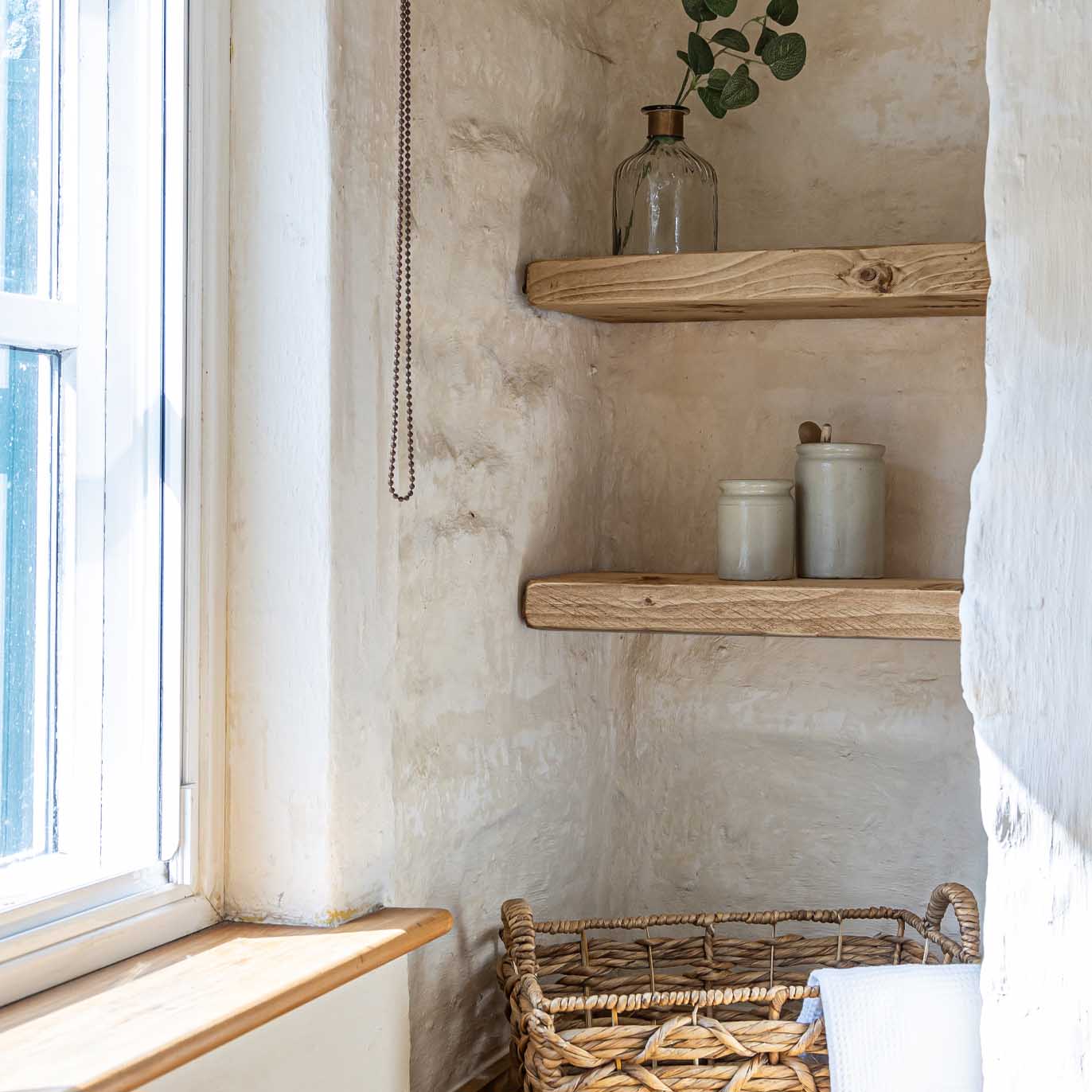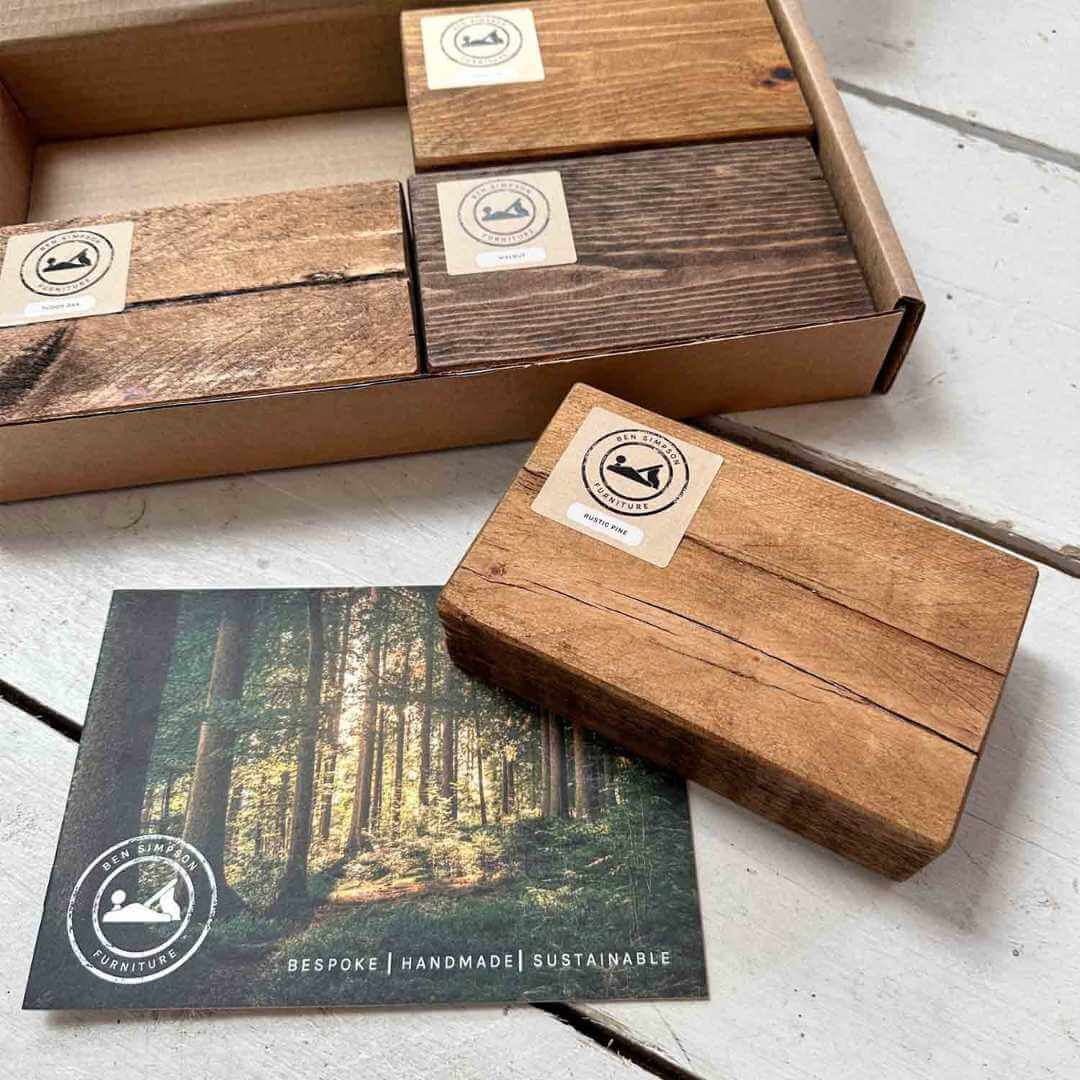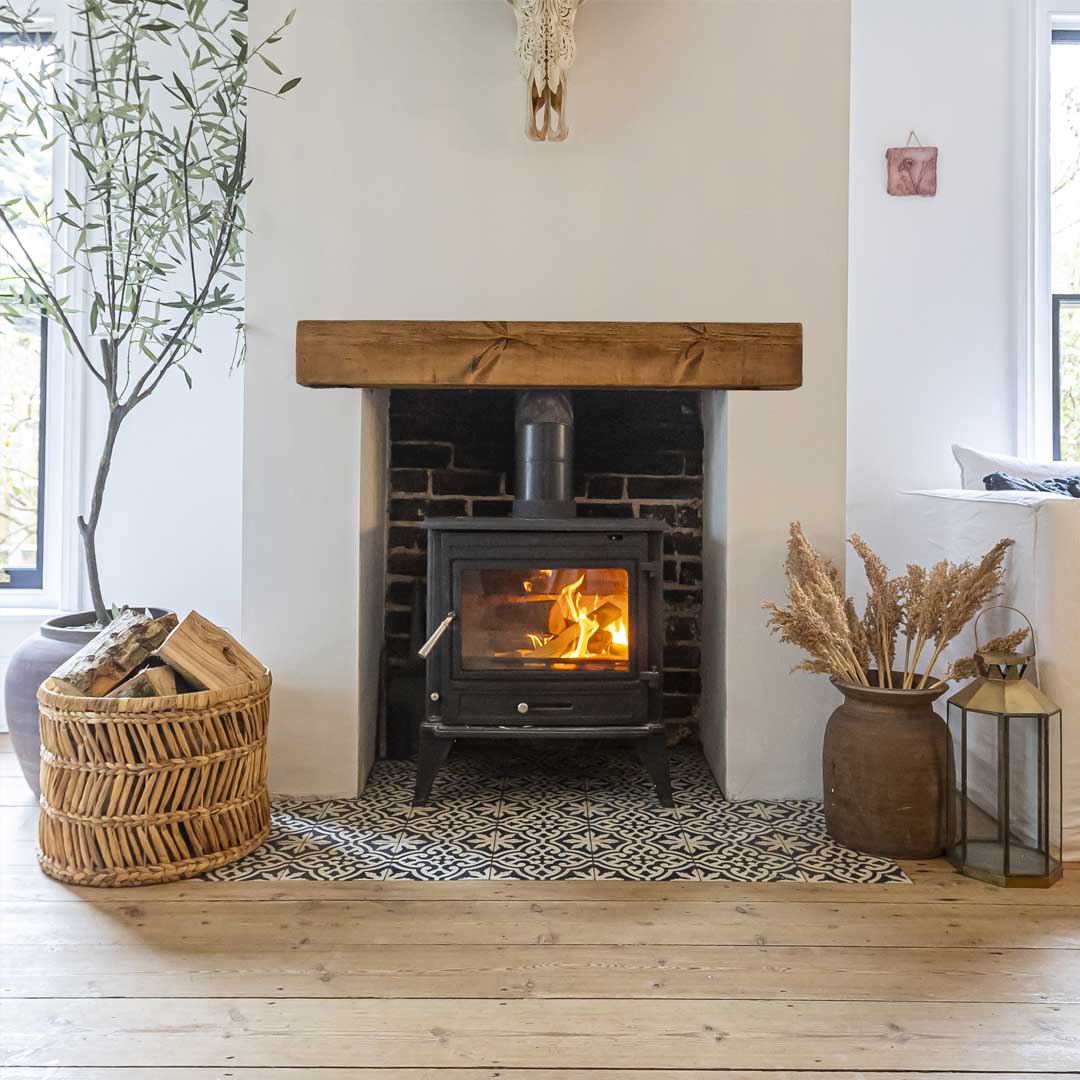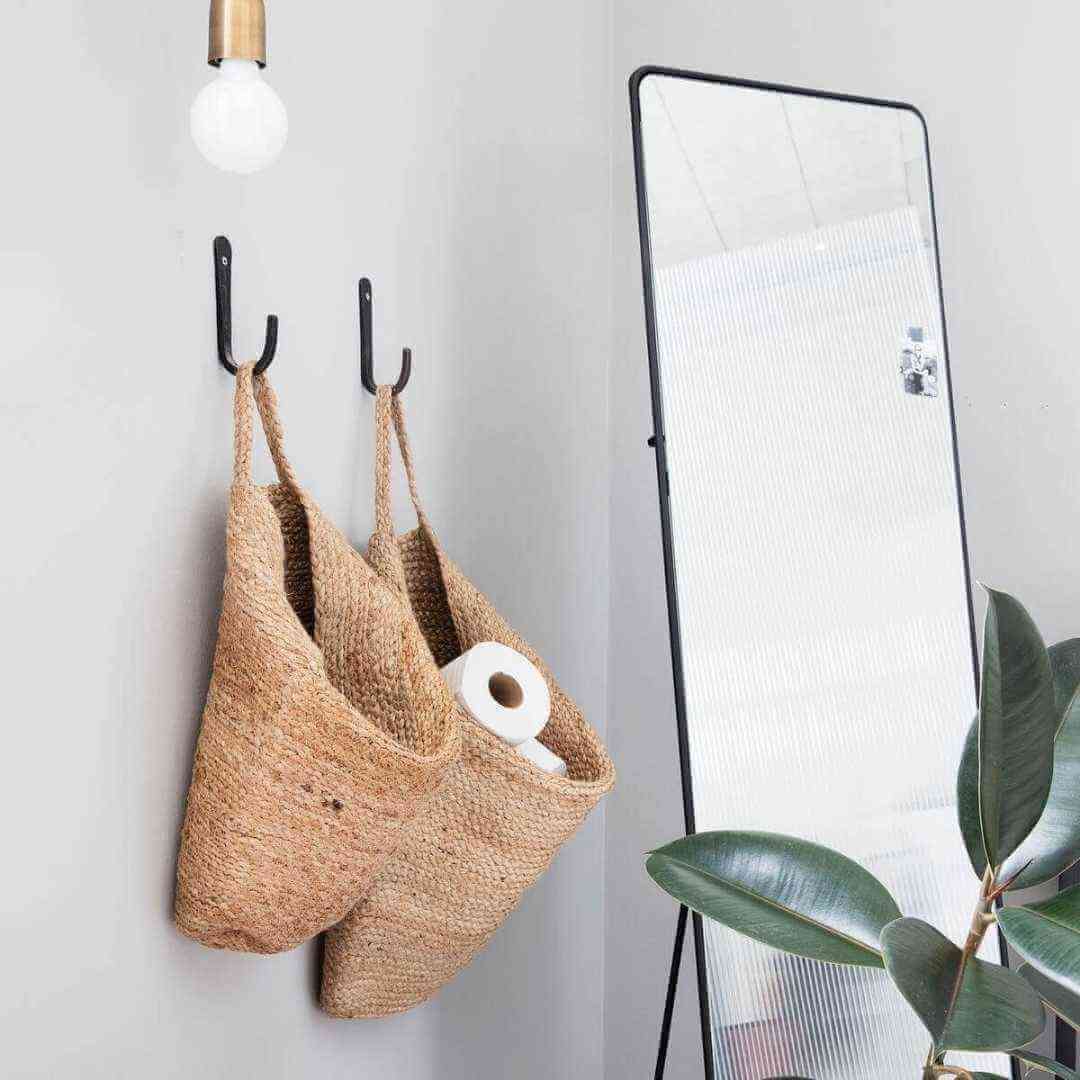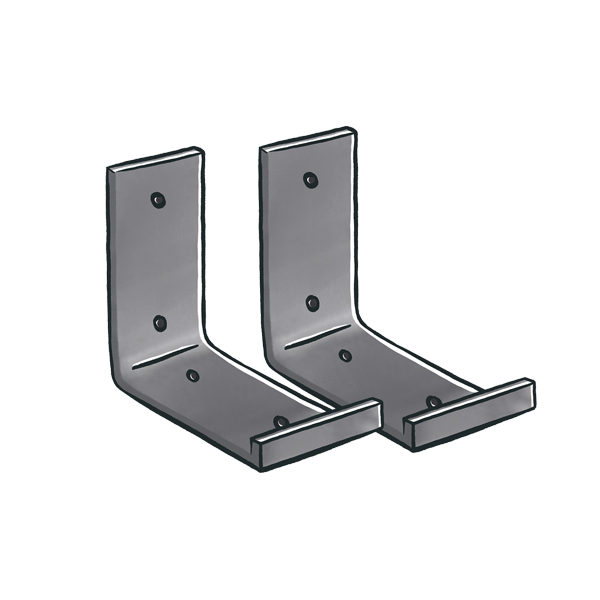What is the Best Finish for Solid Wooden Furniture?
10 Minute Read
The best type of finish for wood furniture is a very difficult question to answer, because there are so many different types, and it depends on the furniture, as well as how, and where you’ll be using the item. However, there are some that are better than others, both in terms of performance, and the environment.

Beeswax
This is our preferred type of wood finish, and we use it on all of our furniture. That’s because it helps to really enhance the pattern of the grain off to perfection, and leaves a gorgeously glossy finish. Once it dries, beeswax leaves wood with water resistance of up to 30 minutes. Not only that, but beeswax has little environmental impact, and there are lower chances of health issues – beeswax is regularly used in skincare products and it can safely be ingested by humans and animals, so is safe in the home.
Beeswax is a great finish, but like all wood finishes, it isn’t a perfect solution for all furniture – especially outdoor furniture, but there are products that also contain natural oils that can help if you want to use beeswax finish on outdoor furniture. Also, beeswax does require some care. We recommend that our customers apply a coat of beeswax to their furniture once a year, which will maintain the finish and keep the piece in perfect condition. Unlike other wood finishes that contain chemicals though, there is little risk of combustion, and beeswax wood finish will keep indefinitely.
Linseed Oil
Linseed oil, also known as flaxseed oil, is a moderately sustainable wood finish – depending on the type you use. Raw linseed oil is the most natural version of the oil, and is non-toxic. When applied in thin coats, it can create a lovely finish, however it can take between two and ten weeks to dry completely, which can be really inconvenient, and is why some crafters opt for polymerized, or boiled linseed oil.
Unfortunately, both polymerized, and boiled linseed oils have much bigger impact on the environment, as they may have petroleum-based products, or heavy metals added to help speed up drying time. In many countries, these types of wood finishes are required to carry warnings about the chemicals, as they are known to cause cancer, birth defects and problems with reproductive systems.
Tung Oil
In pure forms tung oil is eco-friendly (tung trees are grown in Asia, so there is some environmental impact, but it doesn’t require additional chemicals), non-toxic, and provides a water-resistant finish. It has a harder finish than linseed oil, and doesn’t result in the same yellowing that linseed does. It is best applied when the wood hasn’t received any prior treatment, and it requires multiple coats to provide the protection you’re likely to need.
Tung oil can take around 24 hours to dry between coats, but can take up to three days to completely cure. Watch out for tung oil blends, which may include chemicals that are not so great for the environment. If you’re storing tung oil, you’ll need to ensure it is kept away from heat and light.
🛒 Top products can be found from Furniture Clinic


Wood Finishes To Use With Caution
If you’re concerned with minimising the environmental impact (and health concerns) as much as possible like we are, then you’ll be concerned about the impact of wood finishes.
Traditional Varnishes
Traditional varnishes are popular because they make it easy to keep wood clean – it completely seals the wood’s surface, and can help prevent wood from expanding and contracting, as well as from being scratched or scuffed. However, many traditional types are toxic products, and contain chemicals that can be incredibly harmful, like formaldehyde, which is associated with cancers. Not only that, but they’re also poisonous, are combustible, and during application or sanding, they can cause health problems from breathing difficulties, right through to pulmonary edema (excess fluid in the lungs!).
Polyurethane
Lots of people use polyurethane as their default wood finish, because it is easy – both to apply, and in terms of the amount of protection it provides. It creates a long lasting finish that can resist a lot, even in coastal areas where salt can cause damage. As with traditional varnishes, polyurethane isn’t without problems. It is flammable, and can cause respiratory problems when it is being applied, as well as skin and eye irritations – so definitely needs to be used extremely carefully. However, when polyurethane has cured, it is safe to use in the home.
Danish Oil
Danish oil isn’t an exact product – it is more of a catch-all term for products that aren’t pure, and usually Danish oil is a mixture of tung oil and varnish with other types of chemicals such as thickeners, thinners, or drying agents. It takes a little bit of applying – because it penetrates the wood, rather than sitting on the top. You’ll need to wait at least overnight before applying the second and third coats that it takes to get the desired finish.
Serious caution is required when using Danish oil. It generates heat as it dries, meaning that a bundled up rag that you’ve used to apply it can spontaneously burst into flames – so you’ll need to lay application rags out to dry carefully, and follow the manufacturer’s guidance carefully.
Lacquer
Lacquers are an easy option for at-home projects, since they are available in aerosol cans and are fast and easy to apply, and are suitable for most common types of woods. Lacquer finishes can provide a high shine, are long lasting and are relatively easy to repair if necessary.Of course, aerosols aren’t great for the environment. Not only that, but lacquer is also flammable and can cause health problems if it is inhaled, swallowed, or absorbed into the skin – which means you need to be really careful when using it.


An example of the wax finishes we use here @bensimpsonfurniture
Final Thoughts
It is easy to see why we choose beeswax finish for all our furniture – it is much safer than other types of products. If you’re finishing a piece of furniture and you’ve decided on beeswax as a result of this post, or to coordinate with our furniture, then tag us @bensimpsonfurniture in your social media posts – we love to see your posts!
Follow our Instagram
Tag @bensimpsonfurniture & join our community!
Checking...
Related Posts...

How Do I Create a Scandi Kitchen?
Ben Simpson Furniture

Top Kitchen Trends 2022 – 2023
Ben Simpson Furniture

How to Create Beautiful Autumn and Fall Décor
Ben Simpson Furniture

Small Space Design Storage
Ben Simpson Furniture

How to Create the Ultimate City Garden
Ben Simpson Furniture













